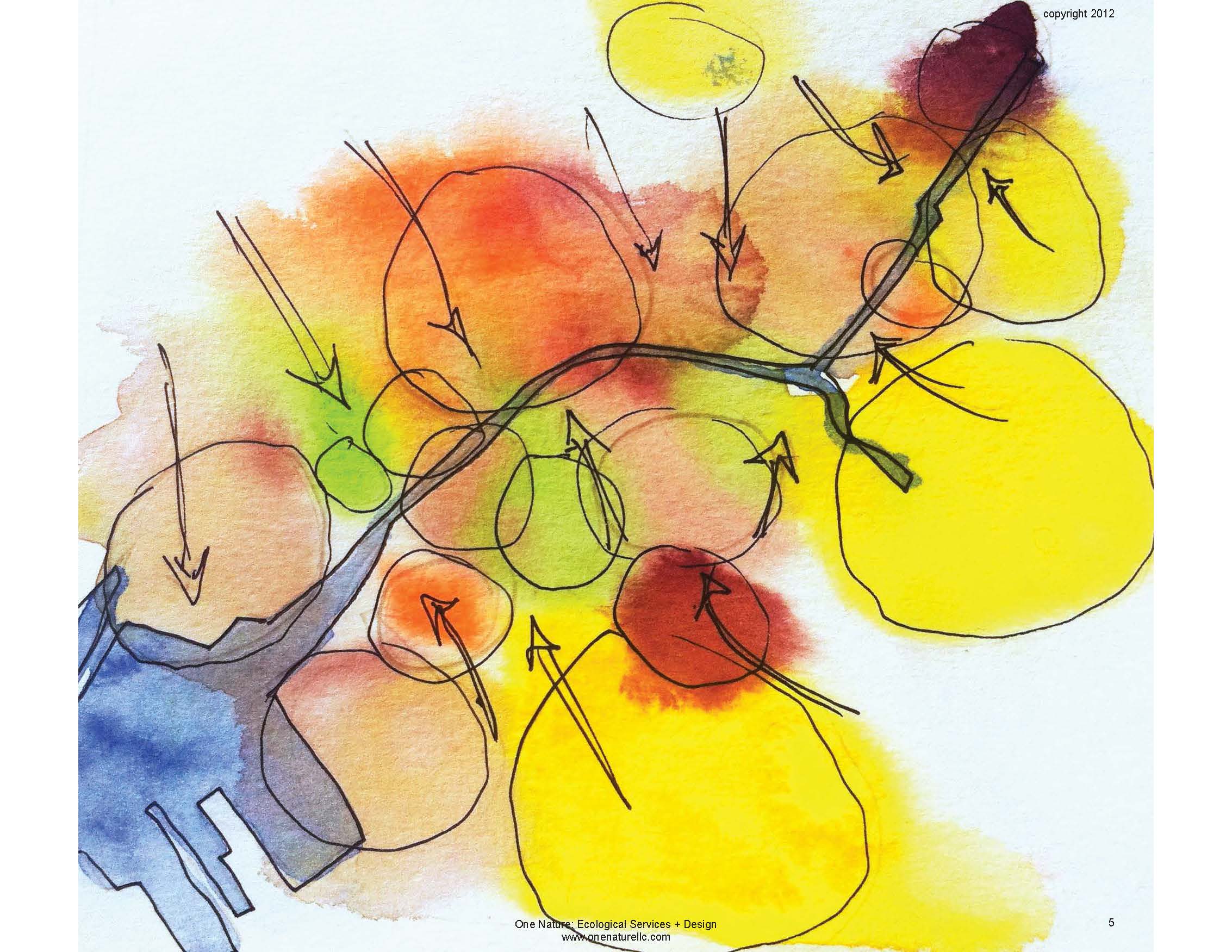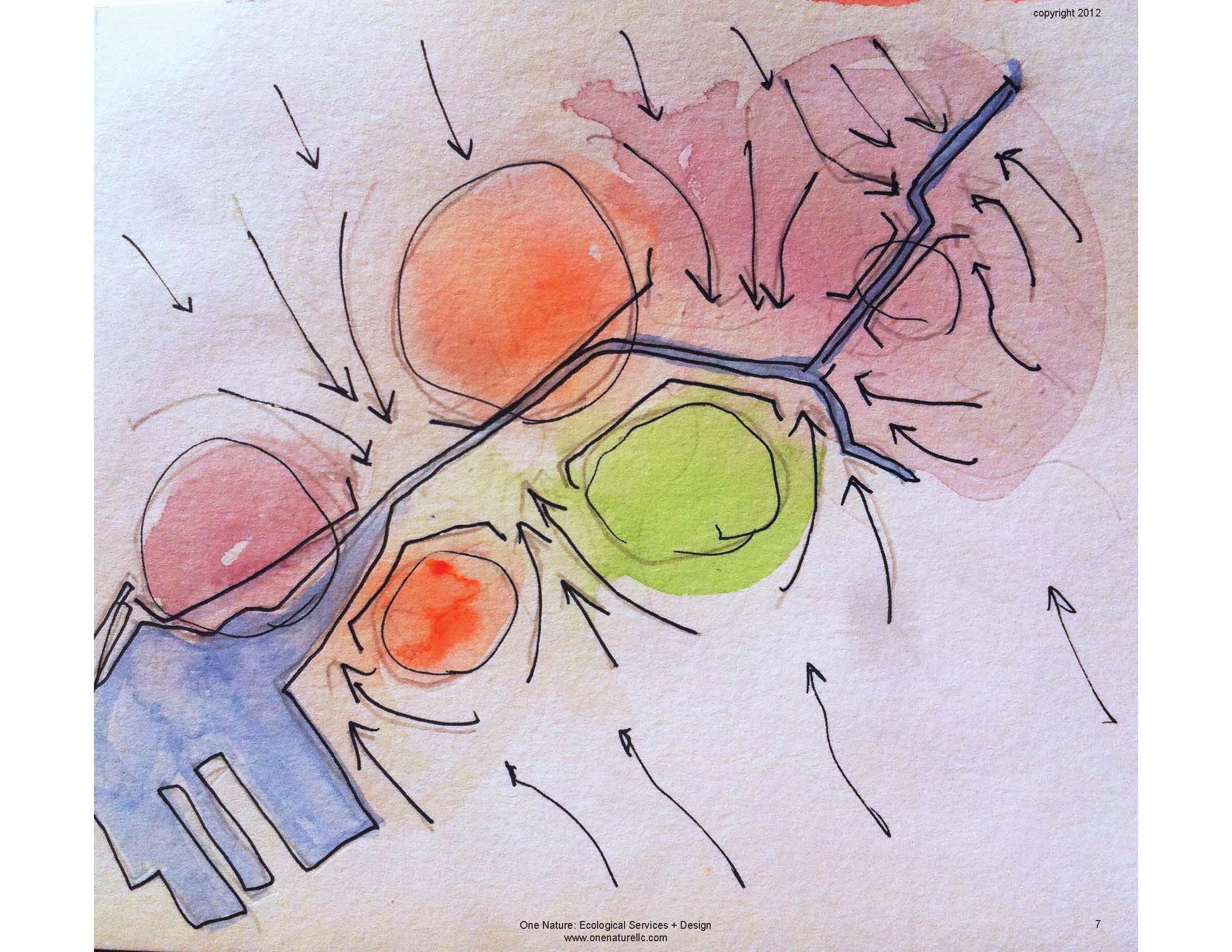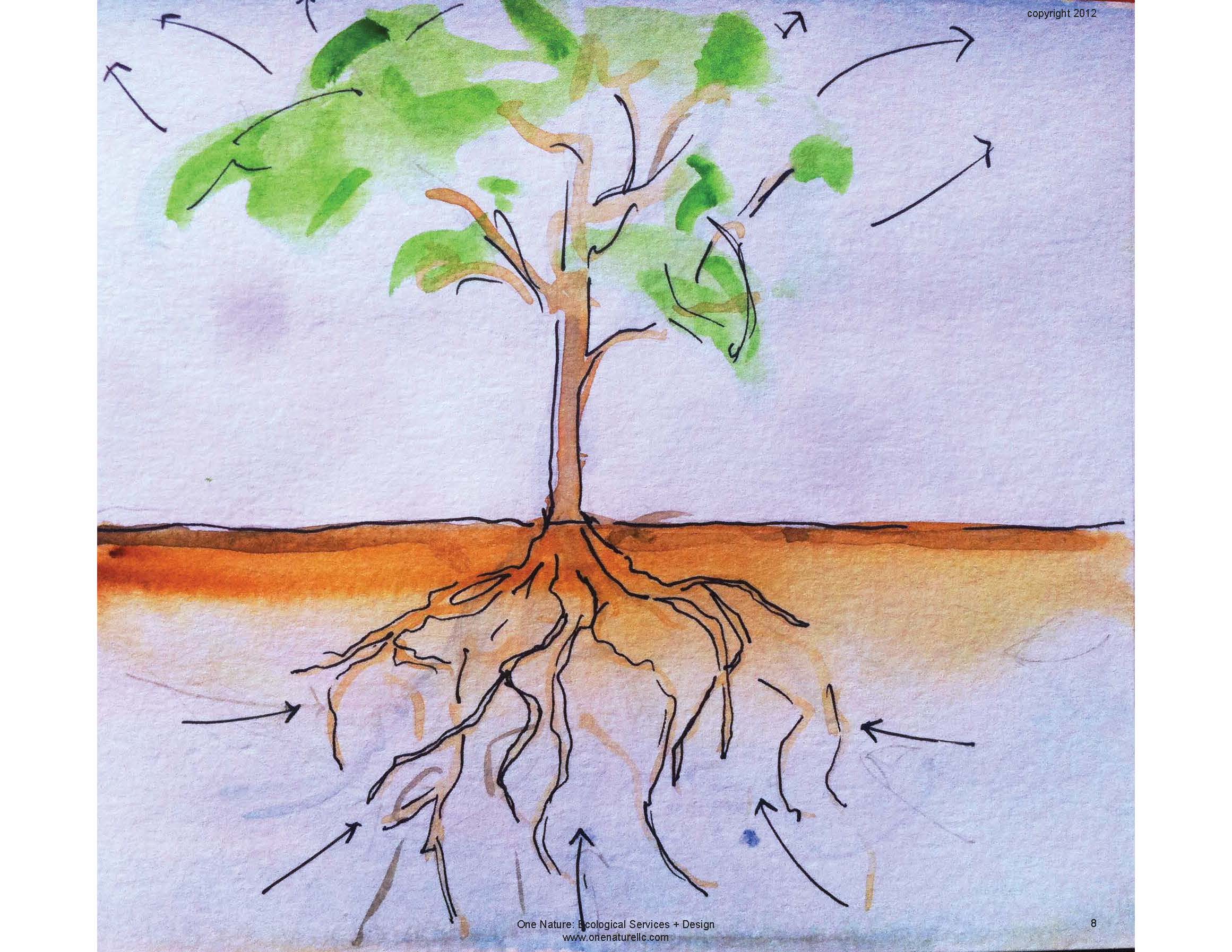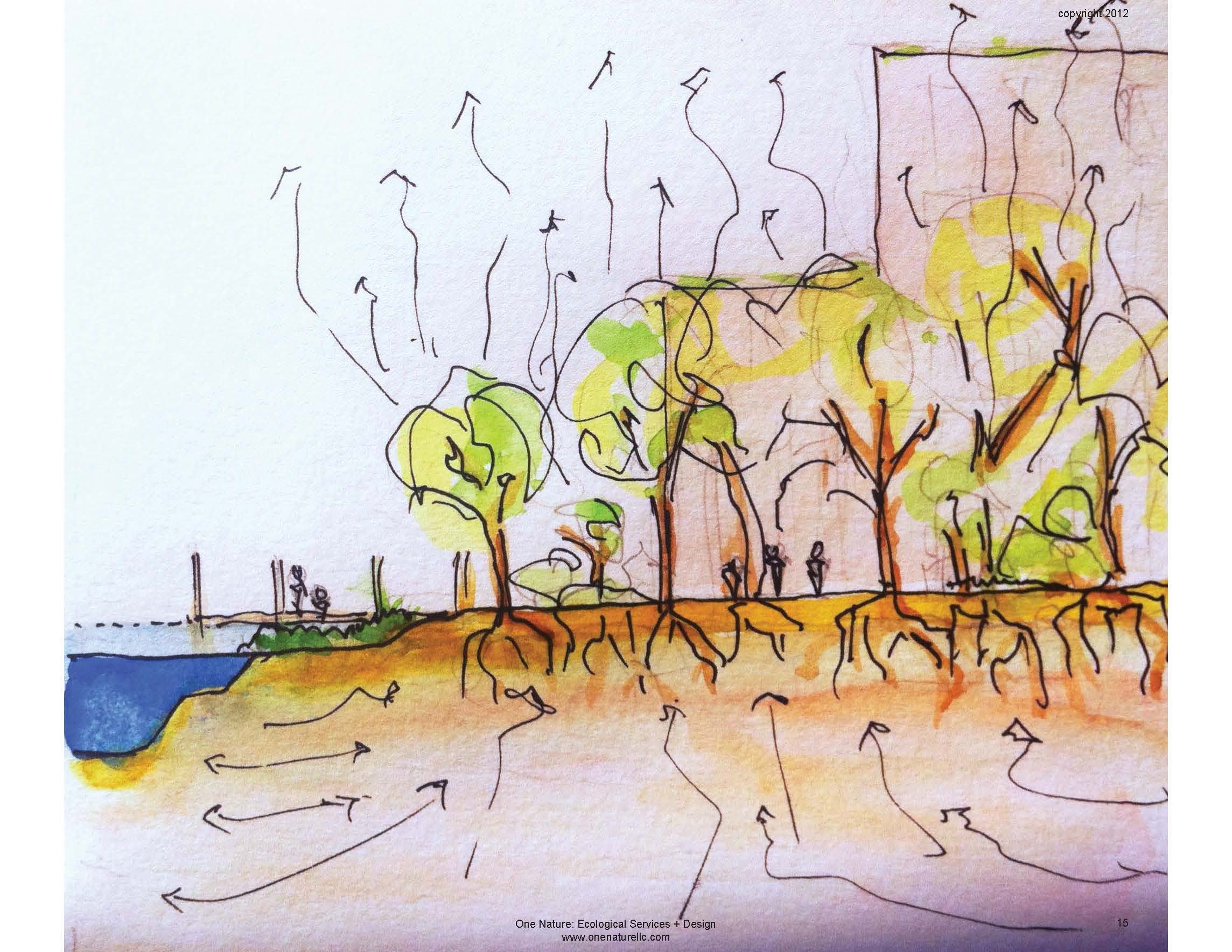Phytotechnology
Phytotechnology is the use of plants to achieve specific goals, particular in science and engineering. At One Nature, we work with plants a lot, and over the years we’ve taken that experience and creatively developed methods for utilizing plants in different ways. Phytotechnologies can supplement or replace non-living technology, and in many cases, provide additional benefits beyond the limits of abiotic technology. As a baseline, plants tend to provide ecosystem services such as soil stabilization, carbon sequestration, oxygen production, and pollinator provision; all in addition to whatever help they might provide as phytotechnology. Additionally, phytotechnology is often very cheap relative to manufactured technologies. We’ve used phytotechnology on our sites for purposes ranging from heavy metal removal to wetland pollutant filtration, and are continually thinking of new ways to get plants involved.
This urban backyard originally contained 800 parts per million of lead, well over the 400 ppm that is considered hazardous to human health. A mix of clover and alfalfa was planted and by 2008, the lead was down to 80 ppm. In this example, nitrogen-fixing plants adding organic mass to the soil act as a powerful form of phytotechnology to combat the problem of lead contamination. Plants are known to combat heavy metal contamination via phytoextraction, phytostabilization, rhizofiltration, and/or phytovolitlization.








